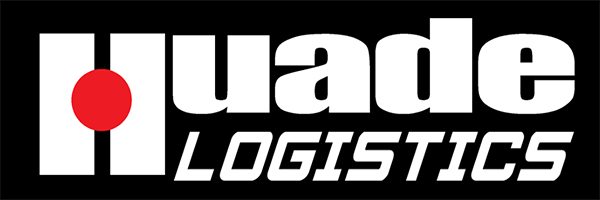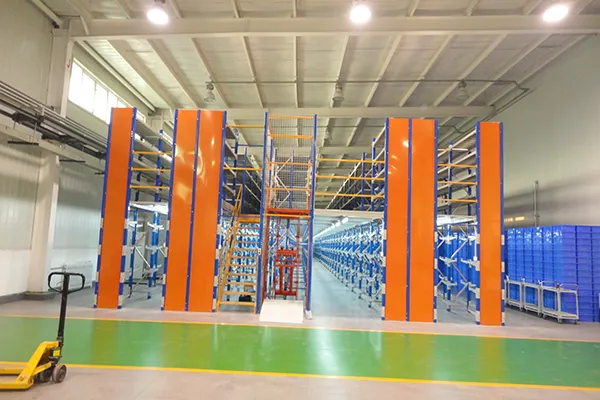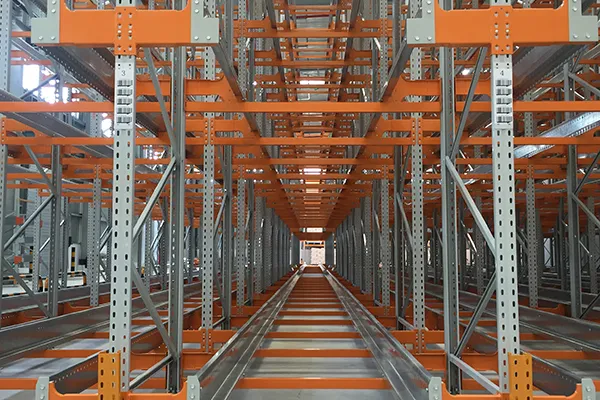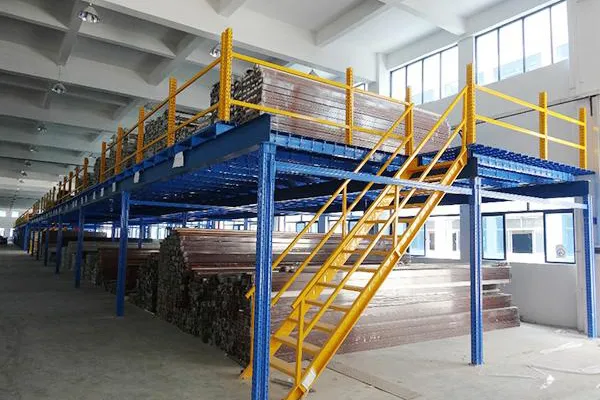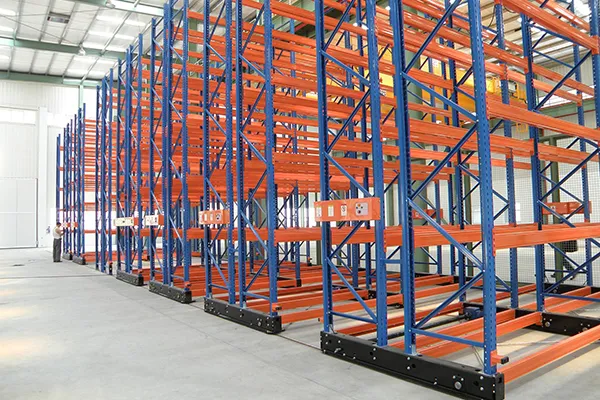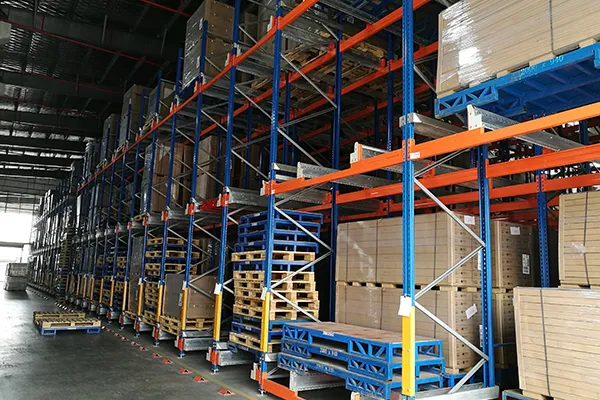Introduction
Multi-tier Shelving represents a paradigm shift in spatial optimization, moving beyond traditional single-level storage solutions to harness the often-wasted vertical airspace within a facility. In an era where every square foot of floor space carries a significant cost, the ability to build upwards rather than outwards is not just an advantage—it’s a strategic imperative for businesses aiming to enhance efficiency and scalability. This innovative storage methodology involves the construction of multiple elevated levels or decks, typically supported by a robust steel framework, effectively doubling or even tripling the available storage capacity without expanding the building’s footprint. From bustling e-commerce fulfillment centers to organized archival libraries, Multi-tier Shelving systems are the backbone of modern inventory management, providing a structured and accessible approach to storing a vast array of items. This article will explore the structural anatomy, diverse functionalities, wide-ranging applications, and undeniable advantages of these powerful storage systems.
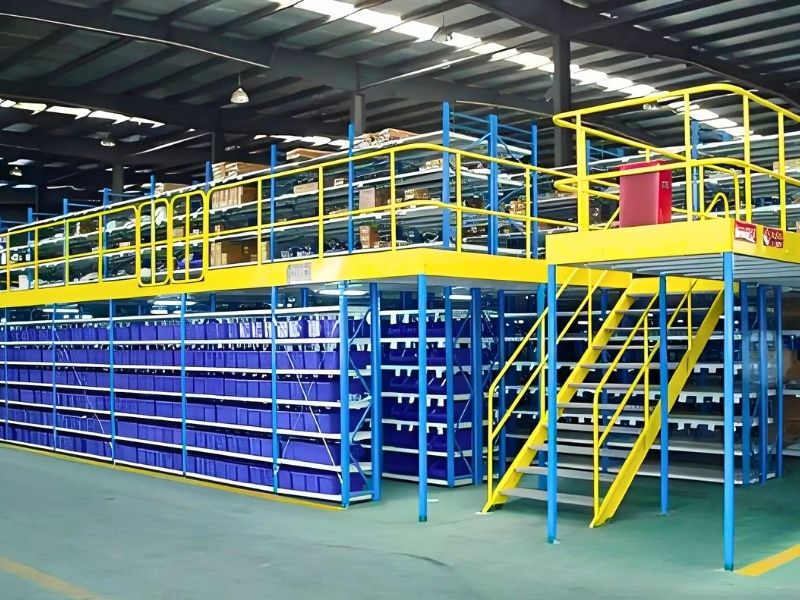
Structural Characteristics
The efficacy of a Multi-tier Shelving system is rooted in its engineering and design. Understanding its core components is essential to appreciating its strength and versatility.
- Primary Framework and Support Structures: The skeleton of any Multi-tier Shelving system is its framework, usually constructed from high-grade, cold-rolled steel. Upright frames, which are the vertical components, and horizontal beams form the primary support structure. The integrity of this framework is paramount, as it must bear the cumulative load of the shelving decks, the stored inventory, and personnel. These components are often bolted together, allowing for flexibility and reconfiguration as storage needs evolve.
- Decking Materials and Load-bearing Capacity: The decking, which creates the actual storage surfaces on each tier, can be customized based on application. Common options include:
- Wire Mesh Decking: Offers excellent ventilation and light penetration, ideal for storing items that require air circulation or in environments where dust accumulation is a concern.
- Solid Steel Decking: Provides a monolithic surface capable of supporting very heavy loads, perfect for palletized goods or small, loose parts that could fall through mesh.
- Plywood Decking: A cost-effective option for lighter-duty applications where a solid surface is desired. The choice of decking directly influences the system’s load-bearing capacity, which is meticulously calculated per level and overall.
- Access and Safety Features: Safe and efficient access to all levels is a non-negotiable feature. This is achieved through integrated staircases and stairway gates. High-quality systems feature anti-slip treads on stairs and landings. Furthermore, safety pallet gates are installed on the upper levels to prevent falls during loading and unloading. Toe boards and handrails are standard additions that contribute to a secure working environment, ensuring compliance with occupational health and safety regulations.
- Customization and Integration Capabilities: A key characteristic of modern high-density shelving is its adaptability. Systems can be tailored to specific ceiling heights, irregular floor plans, and unique operational workflows. They can be seamlessly integrated with other material handling equipment, such as conveyor systems, vertical reciprocating conveyors (VRCs), and pick-to-light systems, creating a cohesive and highly automated storage ecosystem.
Inherent Functionality and Operational Benefits
Beyond merely storing items, these shelving systems are designed to enhance core operational functions.
- High-Density Storage and Organization: The primary function is to dramatically increase storage density. By utilizing vertical space, these systems reduce the aisle footprint required by traditional shelving, allowing for a more compact and organized layout. This leads to a cleaner, more manageable warehouse environment.
- Systematized Inventory Management: Multiple tiers facilitate logical inventory categorization. For instance, fast-moving items can be placed on the lower levels for easy picking, while slower-moving or archival stock can be housed on the upper tiers. This systematic approach streamlines inventory control and cycle counting processes.
- Enhancing Picking and Replenishment Workflows: In pick-and-pack operations, a mezzanine shelving structure can be designed to create a centralized picking area. Workers can efficiently gather items from multiple levels in a single pass, significantly reducing travel time and increasing order fulfillment rates.

Diverse Application Areas Across Industries
The versatility of Multi-tier Shelving solutions allows for their deployment across a broad spectrum of industries.
- Logistics and Warehousing: This is the most common application. Distribution centers and third-party logistics (3PL) providers use these systems to store a wide variety of SKUs, from small parts to bulk items, maximizing the ROI of their leased or owned space.
- Manufacturing and Industrial Plants: Manufacturers use these structures for storing raw materials, work-in-progress (WIP) inventory, and finished goods. They also serve as ideal platforms for housing heavy machinery or creating mezzanine-level office spaces and break rooms above the production floor.
- Retail and E-commerce Fulfillment: Large retail backrooms and dedicated e-commerce fulfillment centers rely on multi-level shelving to manage vast and fluctuating inventories, especially during peak seasons. The organization is crucial for accurate and rapid order processing.
- Archival and Records Management: Government agencies, corporate offices, and libraries use these systems for long-term document and records storage. The ability to store bulky boxes of files securely and accessibly for decades makes them an invaluable archival tool.
- Cold Storage and Specialized Environments: In cold storage facilities, where space is exceptionally expensive to refrigerate, maximizing storage density is critical. Specially designed Multi-tier Shelving systems withstand low temperatures and high humidity, ensuring efficient use of these costly environments.
The Compelling Advantages and Key Benefits
Adopting a Multi-tier Shelving system delivers a multitude of tangible and intangible benefits.
- Maximized Spatial and Cost Efficiency: The most significant advantage is the optimization of cubic space. By building upwards, businesses can avoid the need for expensive facility expansions or relocations. This translates directly into substantial cost savings on real estate, rent, and utilities.
- Enhanced Operational Efficiency and Productivity: With a more organized storage layout, workers spend less time searching for items and less effort retrieving them. Streamlined workflows lead to faster order processing, reduced labor costs, and higher overall throughput.
- Improved Inventory Control and Accessibility: A well-planned tiered storage system brings structure to chaos. Every item has a designated location, which minimizes loss, reduces stock discrepancies, and simplifies inventory audits. Unlike some high-density systems, it maintains direct, manual access to all stock.
- Scalability and Adaptability to Evolving Needs: As business needs change, so can the shelving. The modular nature of these structures allows for easy reconfiguration, expansion, or even relocation. This future-proofs the investment and provides long-term flexibility.
- Strengthened Workplace Safety and Organization: A cluttered workspace is a hazardous one. By providing dedicated, secure storage for all items, these systems eliminate tripping hazards and falling object risks. The integrated safety features like guardrails and gates create a safer environment for employees.
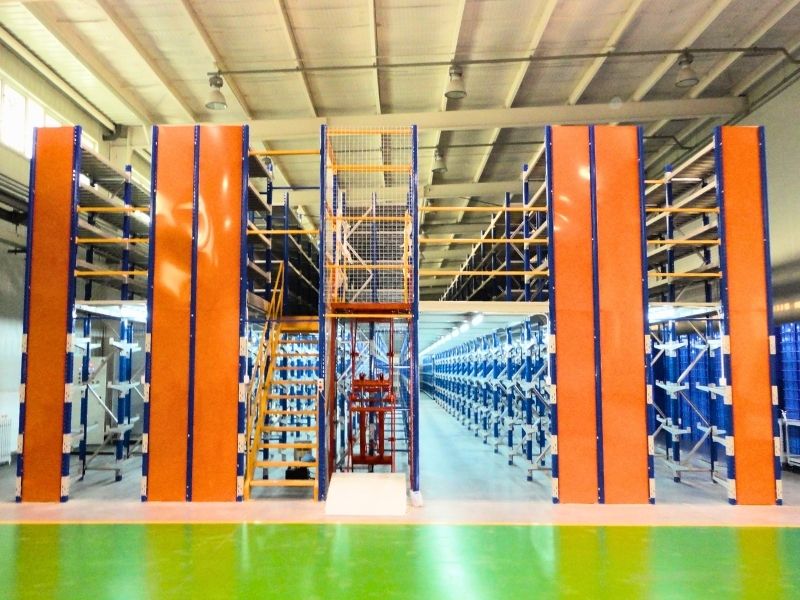
Conclusion
In conclusion, Multi-tier Shelving is far more than a simple storage unit; it is a sophisticated, strategic asset that addresses one of the most constant pressures in business: space. Its robust and flexible design, coupled with its profound impact on organization, efficiency, and safety, makes it an indispensable solution for any data-driven operation looking to optimize its footprint. Whether the goal is to accommodate growth, streamline complex workflows, or simply bring order to a cluttered storage area, investing in a high-quality, tailored Multi-tier Shelving system provides a solid foundation for operational excellence and sustainable future expansion. By looking up and building vertically, businesses can truly lay the groundwork for a more productive and profitable future.
